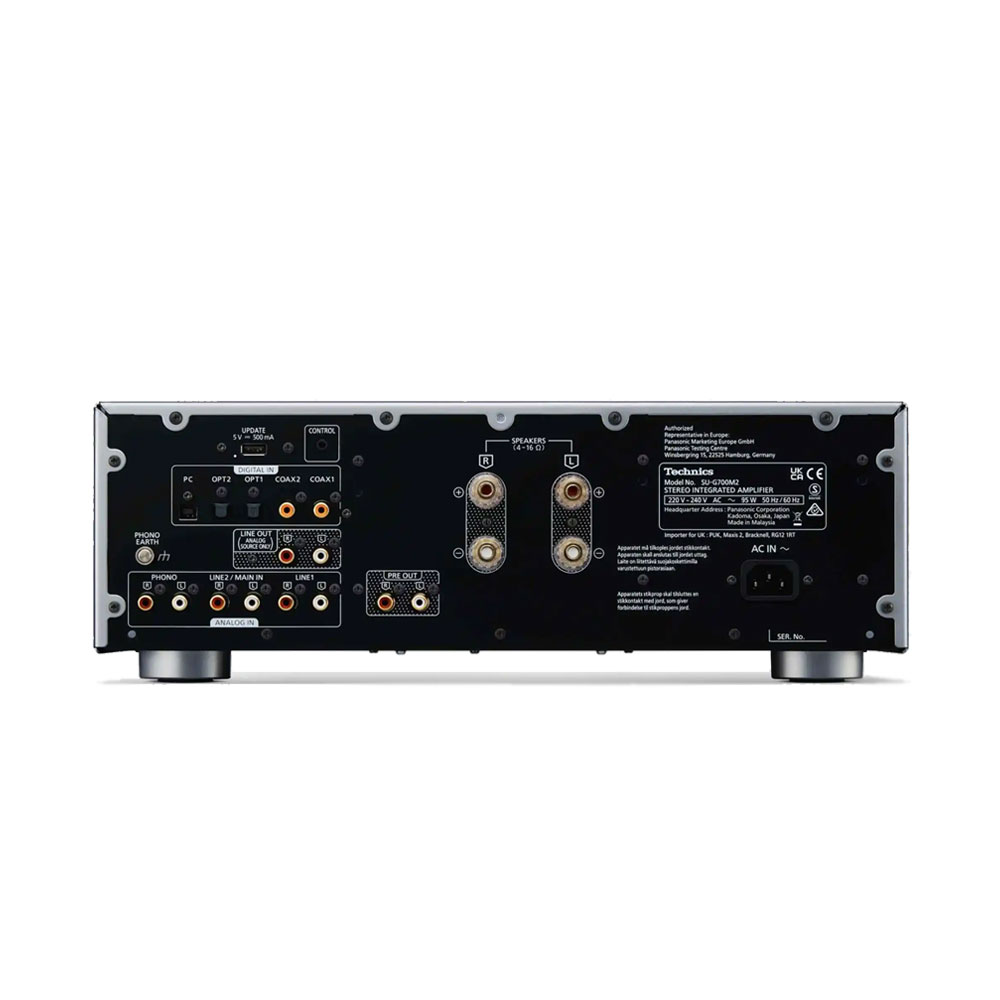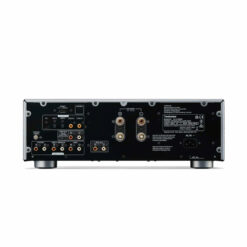- Categories
- Brands
- ADVANCE PARIS
- ANTHEM
- ARCAM
- AUDIO TECHNICA
- AUDIOLAB
- AUDIOQUEST
- AVM
- BLUESOUND
- BOWERS & WILKINS (B&W)
- BURSON AUDIO
- CABASSE
- CAMBRIDGE AUDIO
- CANTON
- CLEARAUDIO
- COCKTAIL AUDIO
- DALI
- DENON
- DS AUDIO
- DUAL
- EVERSOLO
- FOCAL
- GOLDKABEL
- GOLDNOTE
- GRADO
- HECO
- HEGEL
- HIFIMAN
- ISOTEK
- KEF
- LEHMANN AUDIO
- LUMIN
- LYNGDORF
- MARANTZ
- MONITOR AUDIO
- NAD
- NAIM AUDIO
- ORTOPHONE
- PARADIGM
- Pioneer
- Q ACOUSTICS
- REGA
- ROTEL
- SIEVEKING-SOUND
- SONORO
- TECHNICS
- THORENS
- VINCENT
- WHARFEDALE
- WiiM
Marken
- Contact
-
-
Cart
Startseite / Shop / HiFi-Stereo / Amplifiers

 Deutsch
Deutsch



